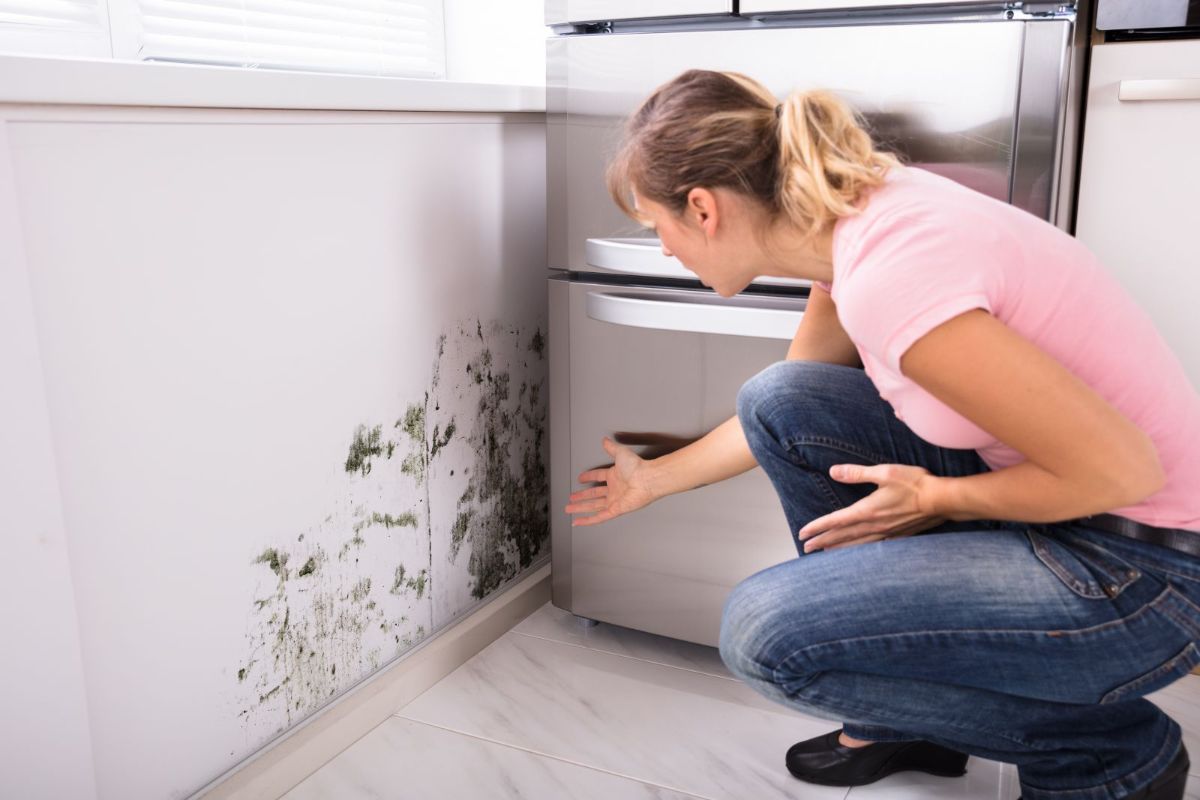Mold is a common issue that many homeowners face, and if left unchecked, it can lead to a range of health problems and structural damage. Mold remediation is the process of removing and preventing the return of mold in indoor spaces. In this article, we will delve into the key aspects of mold remediation, providing you with the knowledge you need to understand and address this common problem effectively.
- Understanding Mold
Before we discuss mold remediation, it's essential to have a basic understanding of mold. Mold is a type of fungus that thrives in damp and humid environments. It reproduces by releasing spores into the air, which can lead to health concerns when inhaled. Mold can grow on various surfaces, including drywall, wood, insulation, and even carpeting. Recognizing the signs of mold, such as musty odors and visible patches, is crucial for timely intervention.
- Health Risks
Mold is not just an aesthetic problem; it can have severe health consequences. Exposure to mold spores can lead to respiratory issues, allergies, skin irritation, and more. People with pre-existing respiratory conditions, like asthma, may experience worsened symptoms when exposed to mold. Vulnerable populations, such as the elderly and children, are at a higher risk. Hence, prompt mold remediation is crucial for protecting the health of your household.
- Mold Remediation Process
Mold remediation is a multi-step process that should be undertaken by trained professionals. Here's a breakdown of the key steps involved:
- Inspection: The first step is to identify the extent of the mold problem. Trained experts will conduct a thorough inspection to determine the type of mold and the affected areas.
- Containment: To prevent the spread of mold spores to unaffected areas, containment is essential. Professionals use barriers and negative air pressure systems to isolate the affected space.
- Removal: The mold is carefully removed from surfaces using appropriate tools and cleaning agents. It's crucial to ensure all mold is completely removed to prevent regrowth.
- Cleaning: After removal, the area is thoroughly cleaned to eliminate any residual mold spores. High-efficiency particulate air (HEPA) vacuums and specialized cleaning solutions are used.
- Prevention: Mold remediation is not just about removal; it's also about preventing future mold growth. This may involve fixing water leaks, improving ventilation, and maintaining proper humidity levels.
- Verification: Finally, the remediation process is verified through testing to ensure the mold problem has been effectively resolved.
- DIY vs. Professional Remediation
While some minor mold problems can be addressed by homeowners, professional mold remediation is highly recommended for extensive or recurring issues. Trained experts have the experience and tools to ensure thorough mold removal and prevention. Attempting to tackle severe mold infestations without the proper knowledge and equipment can be hazardous to your health.
- Costs
The cost of mold remediation can vary significantly depending on factors such as the extent of the infestation, the type of mold, and the location within the home. On average, homeowners can expect to pay anywhere from a few hundred to several thousand dollars for mold remediation. While it may seem like a substantial expense, investing in professional mold remediation can ultimately save you money in the long run by preventing structural damage and health issues.
- Prevention
Preventing mold is often more cost-effective and easier than dealing with a full-blown infestation. Here are some essential preventive measures:
- Address moisture issues promptly, such as leaks in the roof or plumbing.
- Maintain proper ventilation in areas prone to humidity, like bathrooms and kitchens.
- Use dehumidifiers to control indoor humidity levels.
- Insulate and seal your home properly to prevent water intrusion.
- Regularly inspect your home for signs of mold or water damage.
Mold remediation is a critical process that homeowners should be aware of, given the potential health risks and property damage associated with mold infestations. While some minor issues can be handled independently, it's wise to hire professional mold remediation services for extensive problems. The key takeaway is that prevention is the best approach to dealing with mold, as it can save you from costly remediation and safeguard the well-being of your household. By understanding the basics of mold and mold remediation, you can take proactive steps to protect your home and loved ones from this pervasive issue.

